|
DOWEL BOWL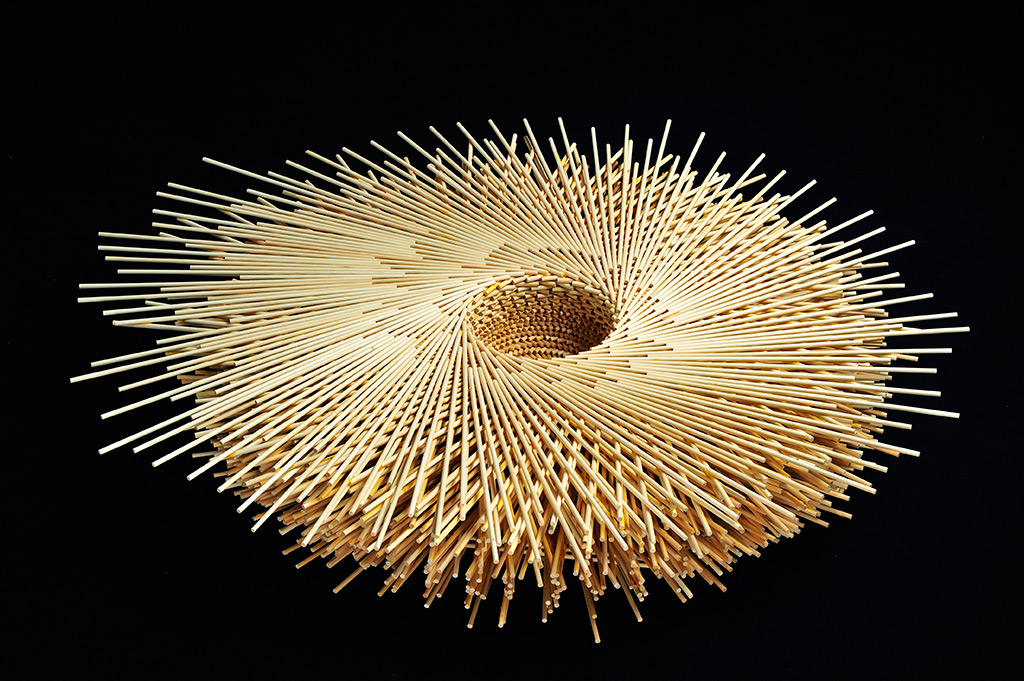
Mark Lindquist, Dowel
Bowl, Hardwood Dowels, Glue, 5 1/2" H x 36" D, 2011
Copyright ? 2011 Lindquist Studios - All Rights Reserved
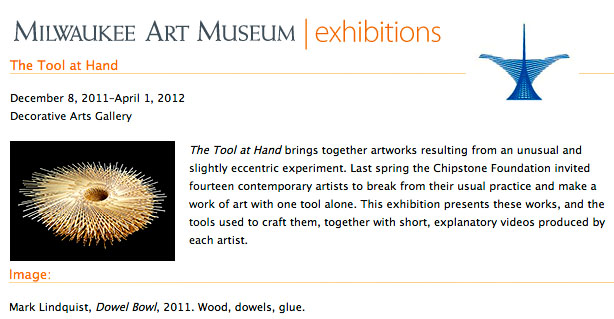
fsd;ogkjd'fg;oj
History behind the
Dowel Bowl
|

|
At the MacDowell Artist?s Colony in 1980, I
experimented with form and texture on a grand scale, stacking
40 cords of firewood into large cylindrical forms whose
surface was defined by the placement of the pieces.
|
|
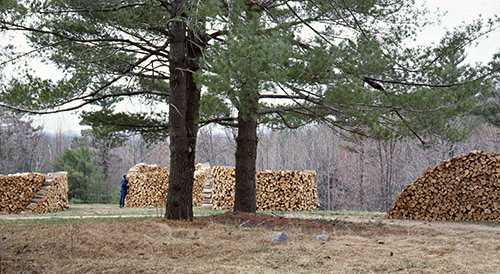
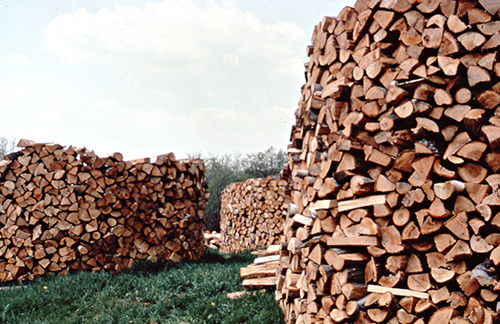
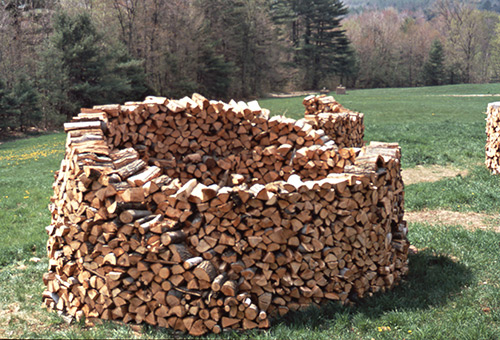 |
|
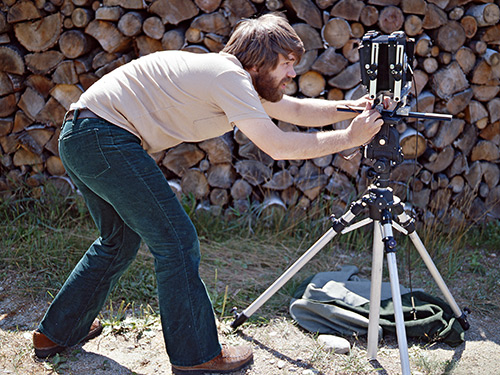
 |
|
Through this piece and my photographic studies of it, I became
fully committed to texture as equal in importance to form.
|
|
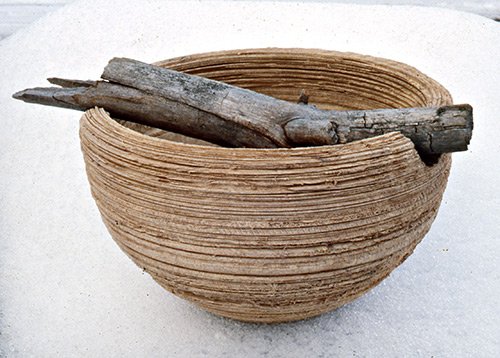 |
|
Mark Lindquist,
Centroid Series Bowl, Maple, 6" H x 7" D, 1980 |
|
Back in my studio, I began using the turning tool
"incorrectly," interacting with the structure of the wood
instead of the traditional woodworking practice of obscuring
the natural structure, trapping it inside an unnaturally
smooth and opaque surface. At MacDowell, I had used many
pieces of wood to create large forms whose surface had depth
and texture; now I focused on tapping into the depth and
texture of the surface of a single piece of wood. In creating
these pieces, the tool was as important as the material.
I used chainsaws, routers, and other power tools with my lathe
to create textures and patterns--patterns that would not have
existed without the action of that specific tool. The
first major piece I created using this technique was made from
a piece of wood given to me by the MacDowell Colony.
|
|
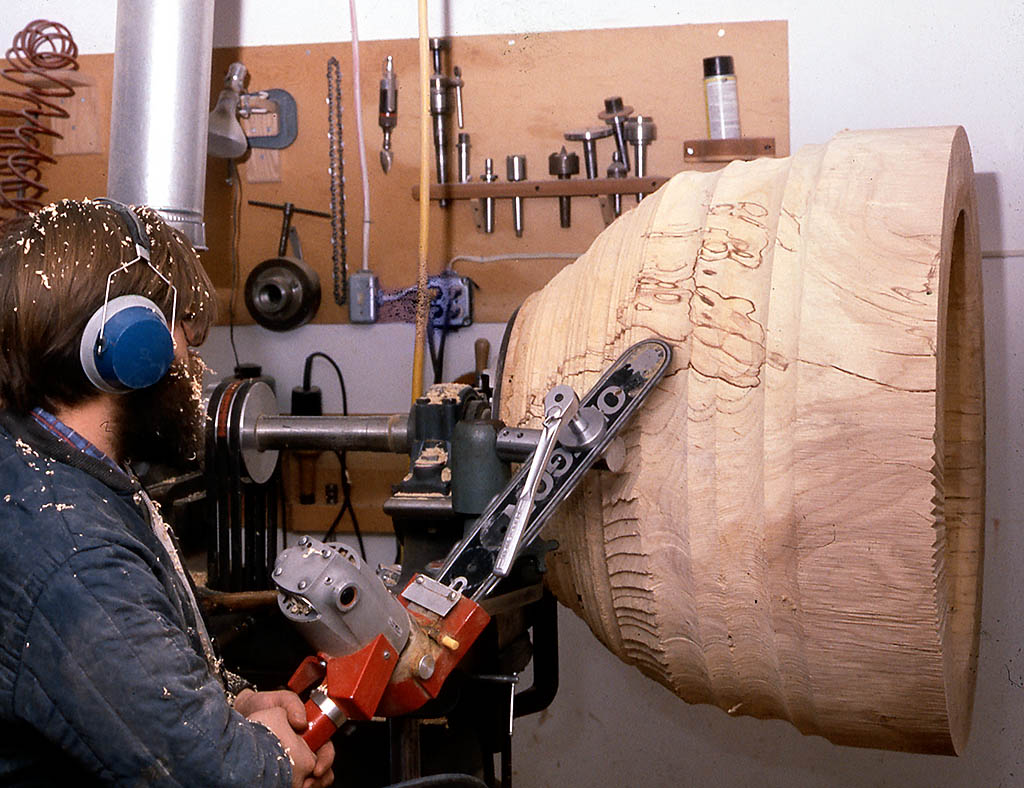
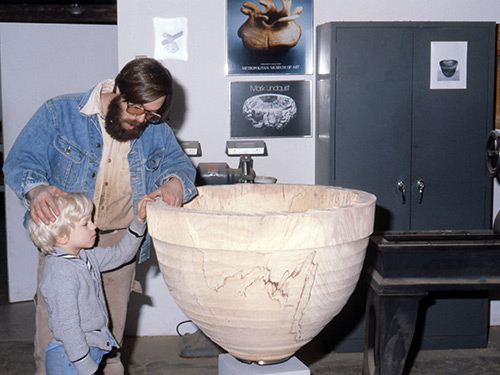 |
|
Mark Lindquist,
The MacDowell Bowl, Spalted Elm, 24" H x 32" D,
1980 |
|
As I applied my new techniques to the inside of the bowl form,
I found that the interior of a bowl could be larger than the
exterior. When you view the entire bowl, you can
see its relationship to the space it exists in--it is a
bowl--it's smaller than you are. |
|
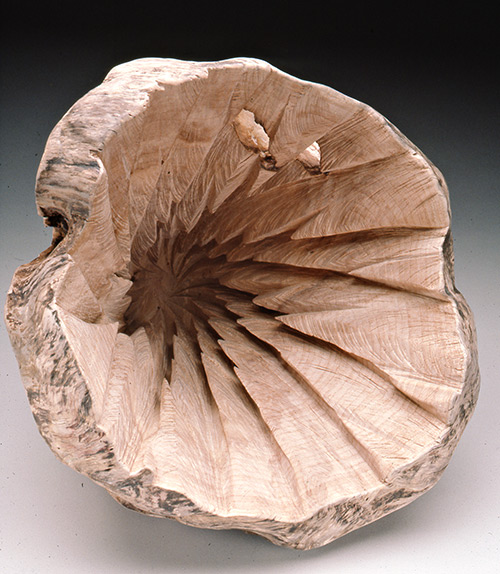
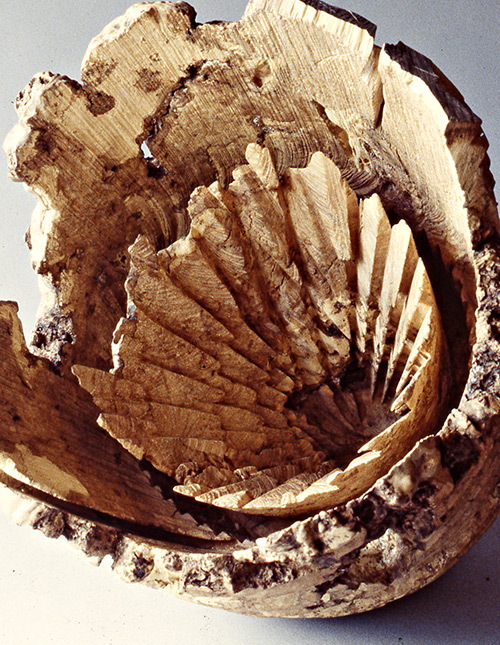 |
|
But when you focus on the interior, you are removed from the
environment--the way you are when you look at a painting. A
painting can encompass a small space, like a single flower, or
a space as large as a mountain range. When I look deep
into the bowl, its connection to actuality is broken, and the
space expands--I might be looking at a canyon wall.
|
|
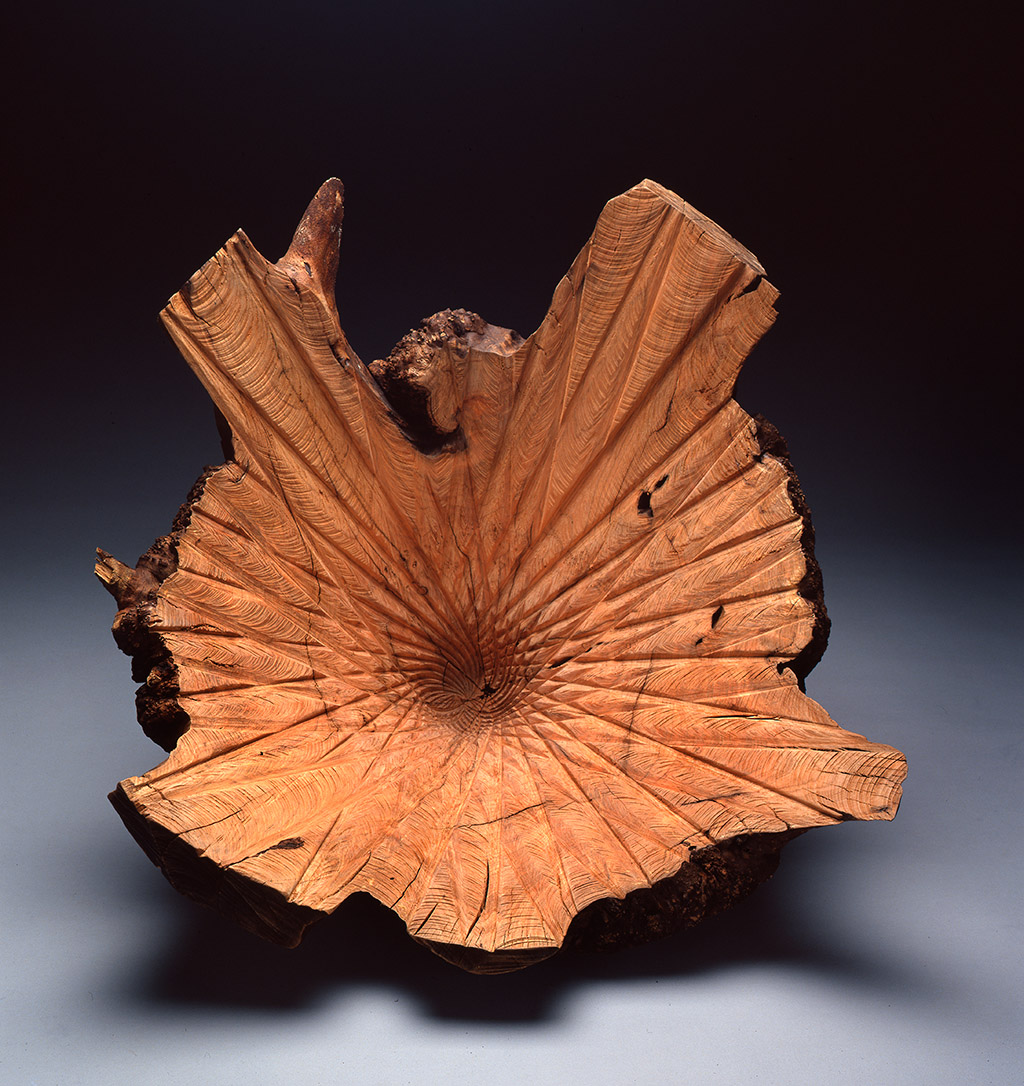 |
|
Sometimes, the orientation of up and down reverses, and I am
looking into a soaring dome.
|
|
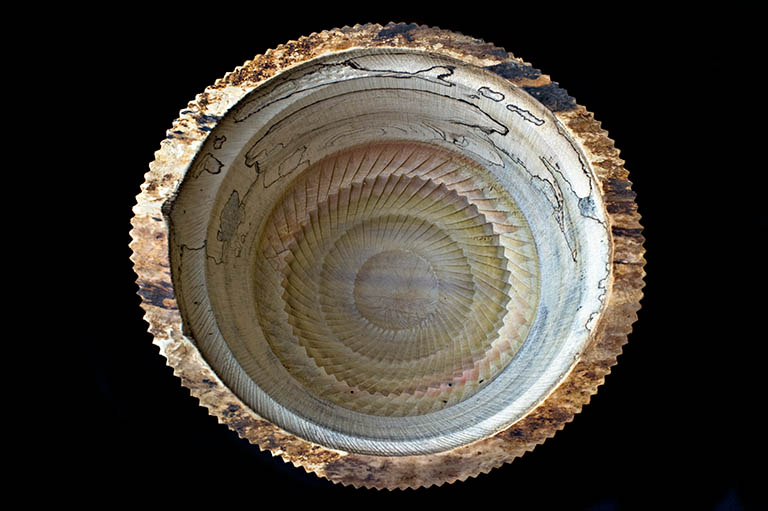 |
|
Mark Lindquist,
MONTICELLO BOWL, Tulip Poplar from Monticello, 12" H x 12"
D, 2009 |
|
To create these works, I used machines and tools on the scale
of an operating room or a recording studio.
|
|
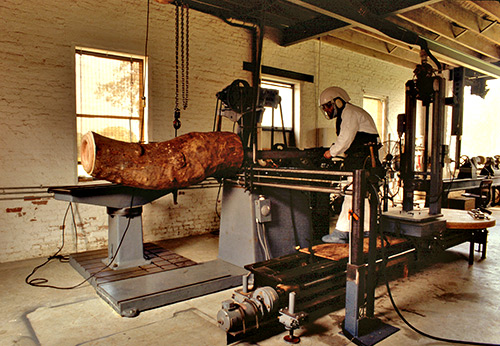
Mark Lindquist with his
patternmaker's lathe and his robot ASTRO (assigned specific
task robotic operative [extreme right], designed and built by
Mark Lindquist). |
|
The idea of making a work of art using only one tool, which is
the theme of this show, (The Tool at Hand), presented a
unique challenge for me, eventually drawing me back to my
experience at the MacDowell Colony.
I had used no tools in the creation of that work, simply
picking up pieces of wood and stacking them.
|
|
 |
|
I decided to create a bowl by stacking dowels. |
|
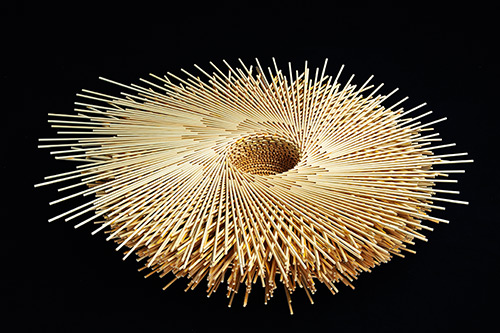 |
| |
|
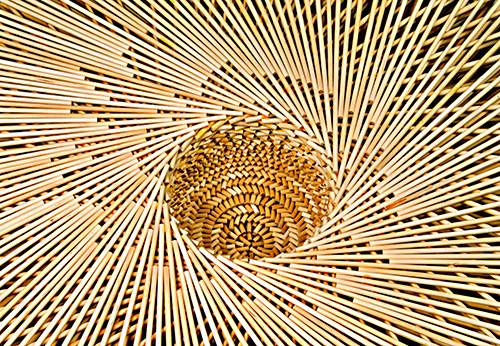
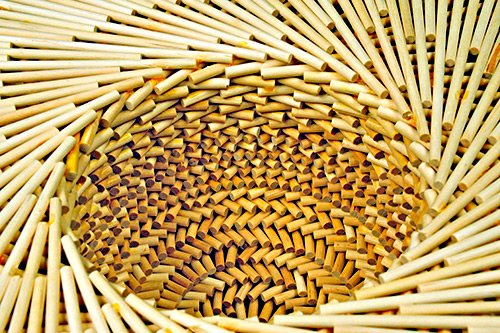
Dowel Bowl Details |
|
I would need just one tool--an applicator for glue....
|
|

|
| |
See How Dowell Bowl Ships |
Mark Lindquist 2011 |
Photos: Mark Lindquist -
Lindquist
Studios 2009
PRESS:
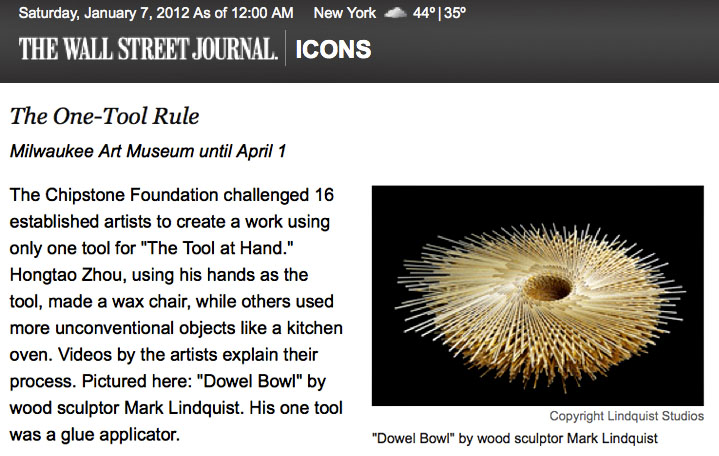
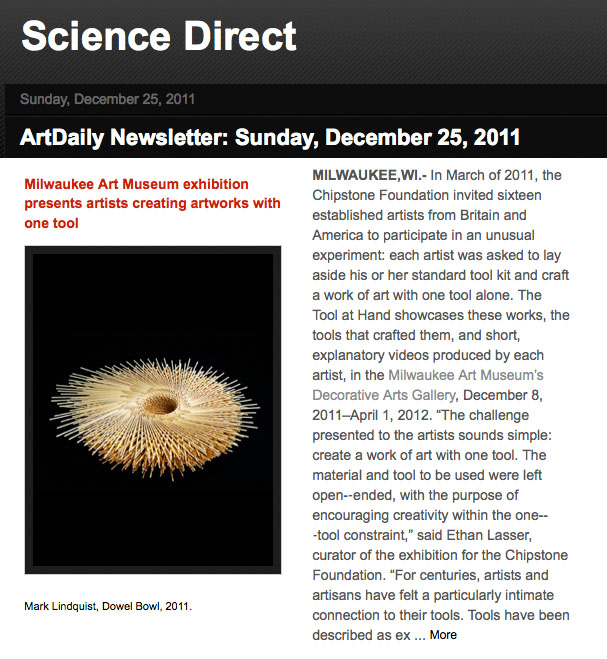
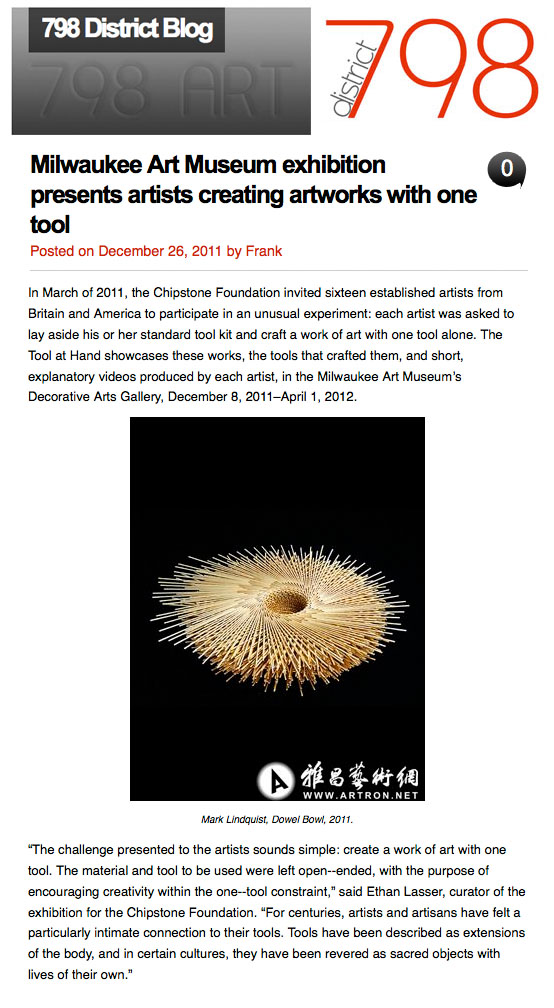
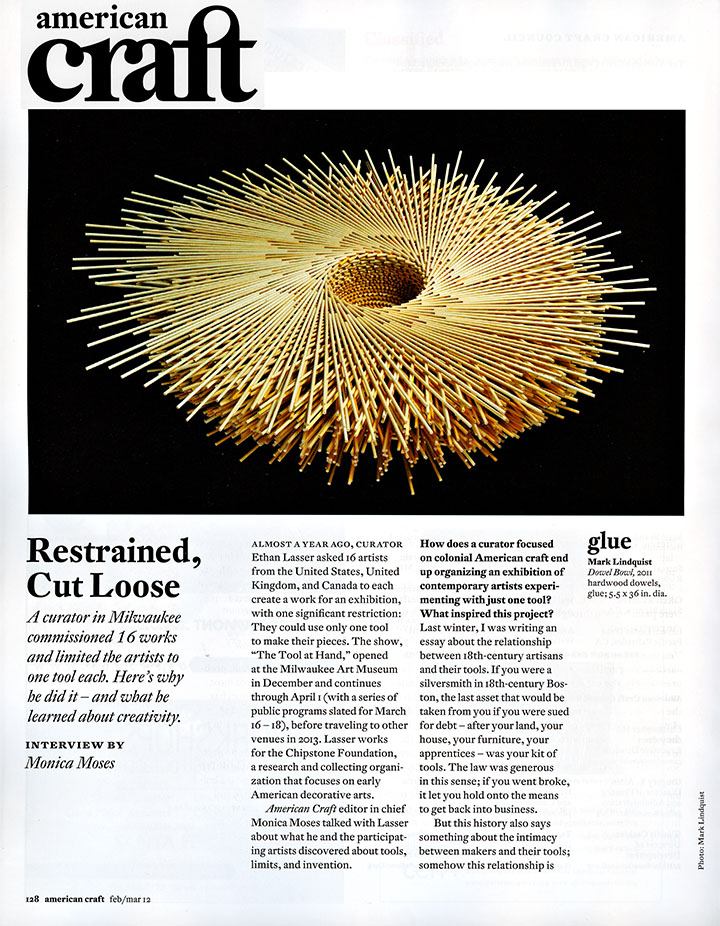
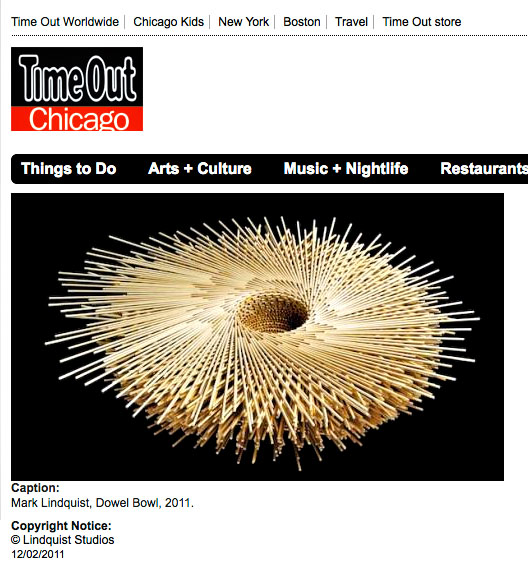
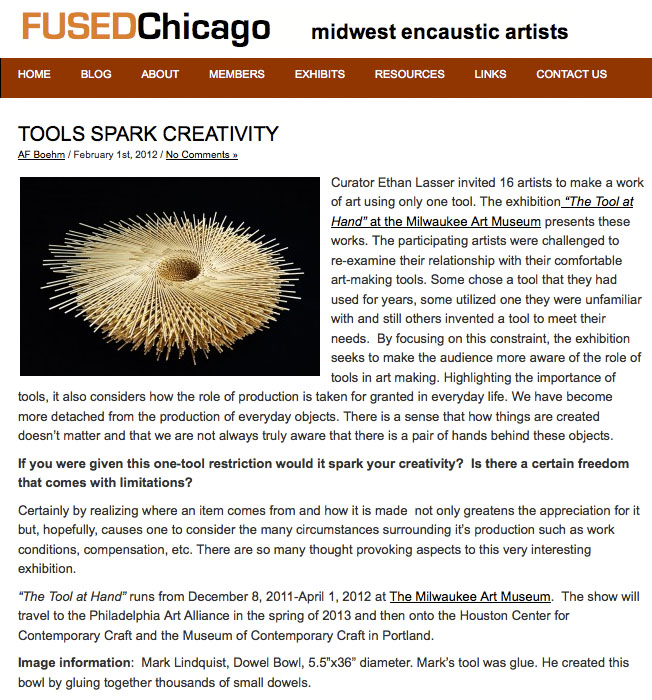
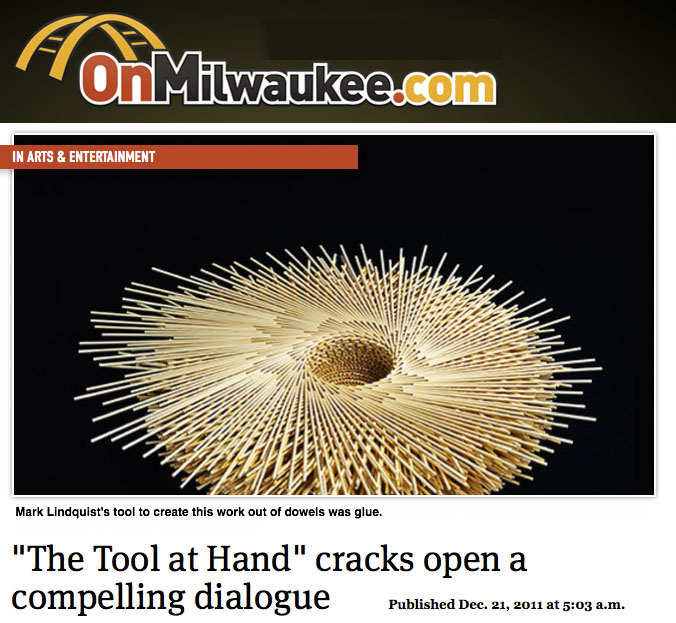
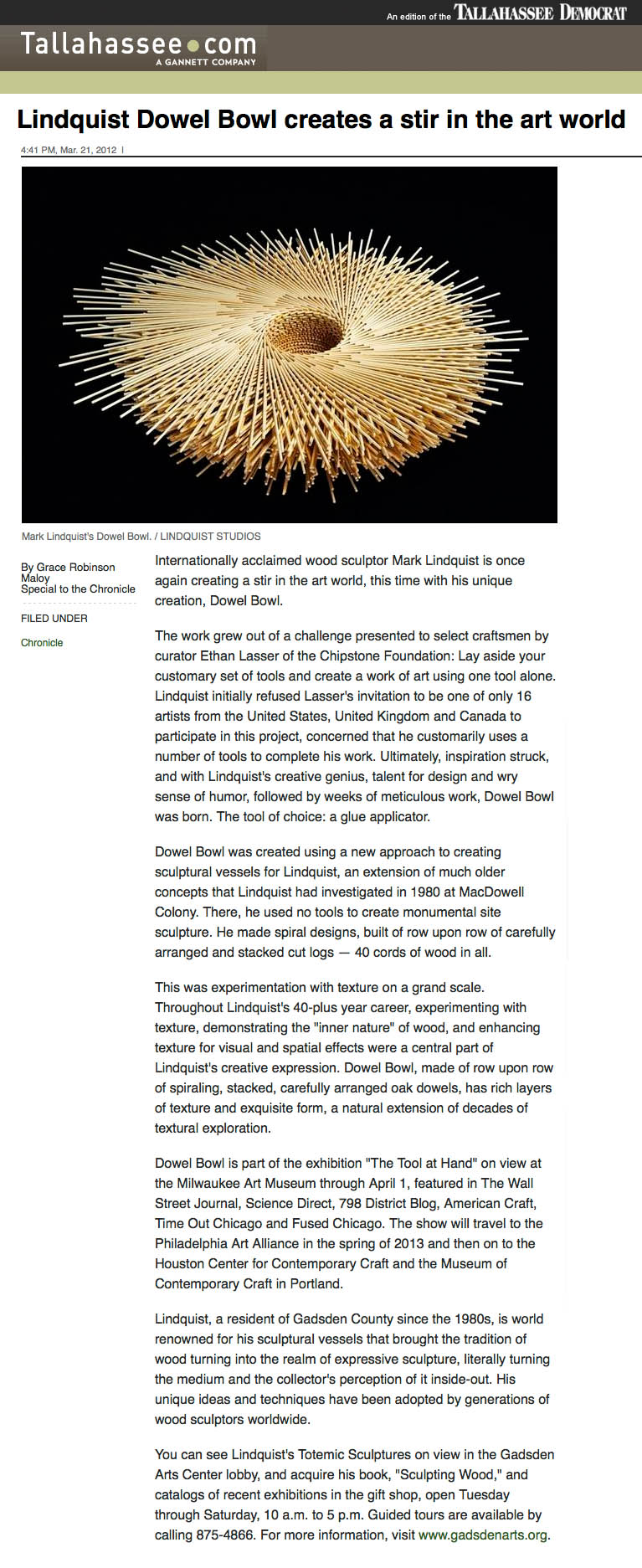
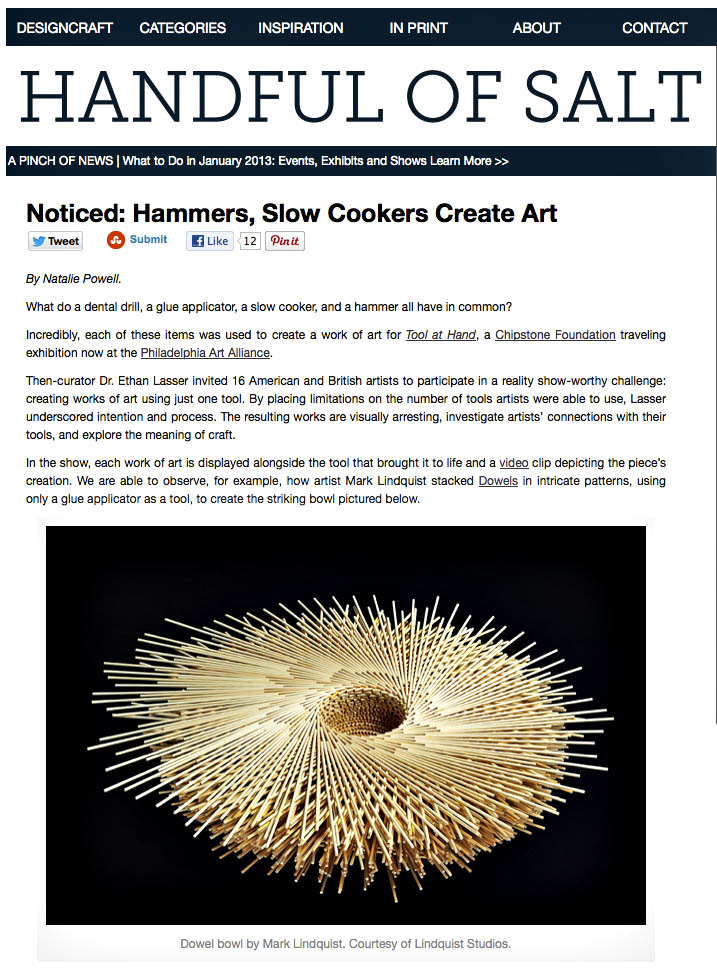
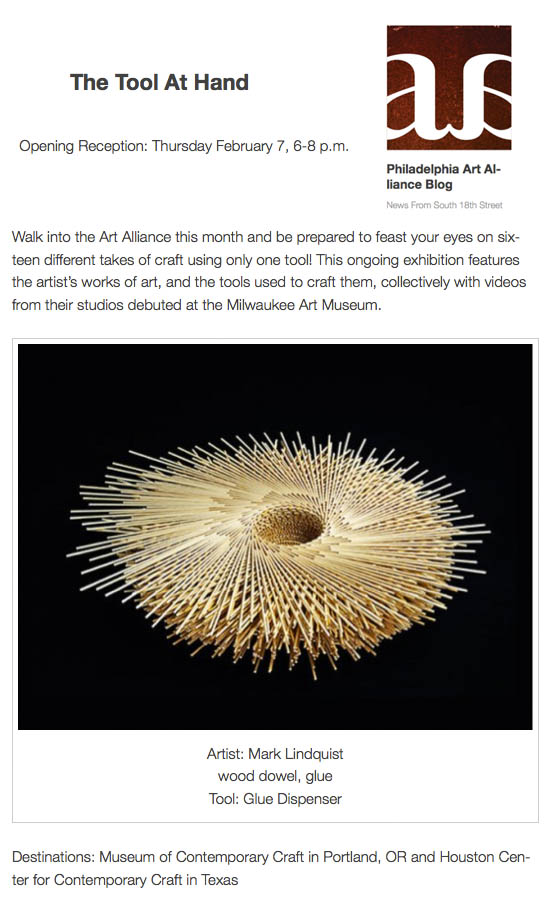
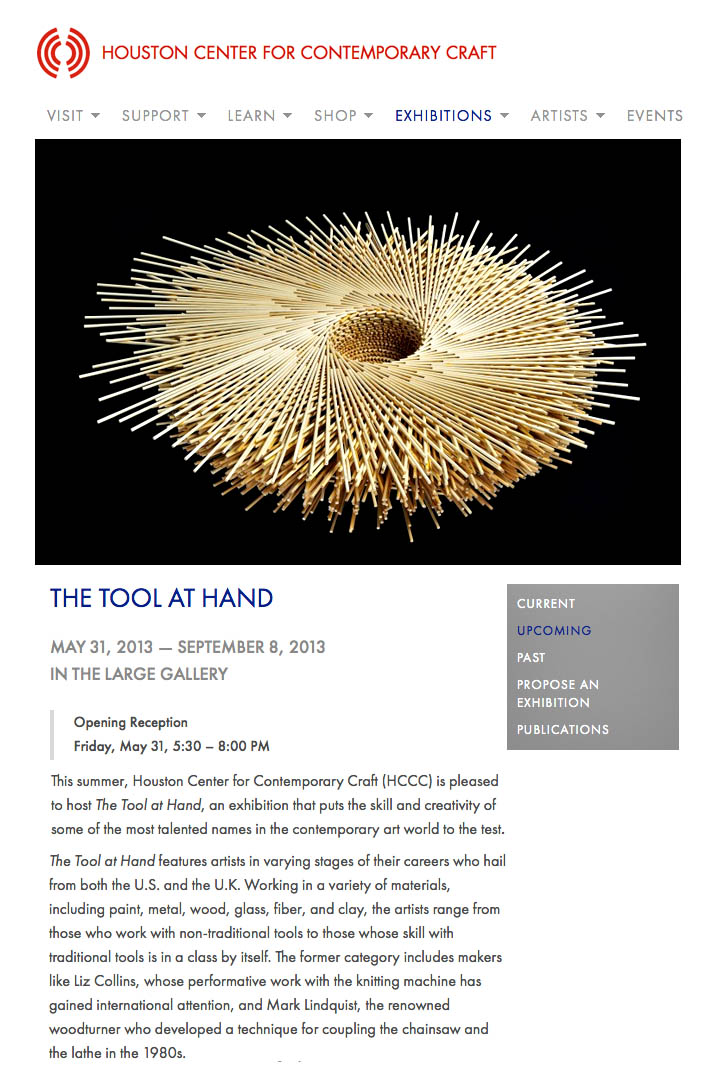
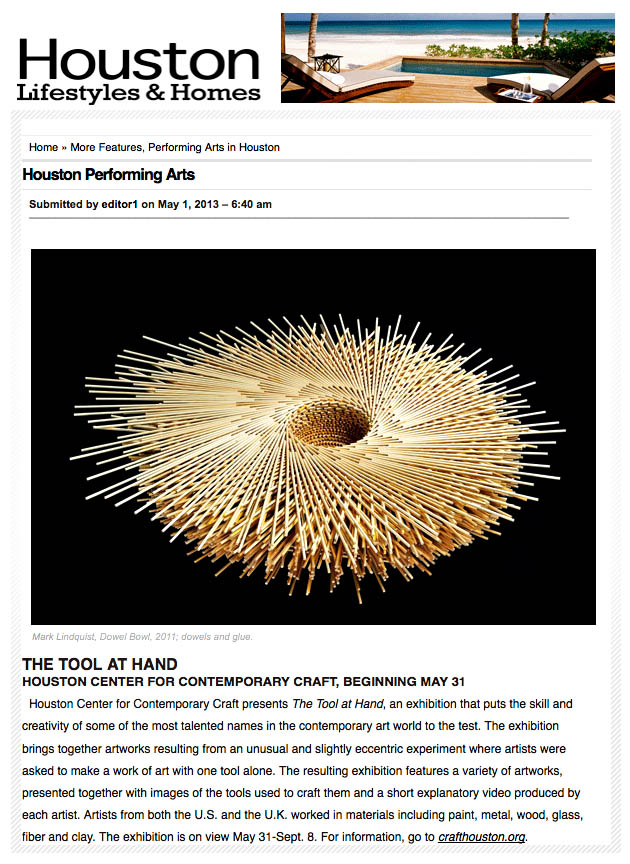
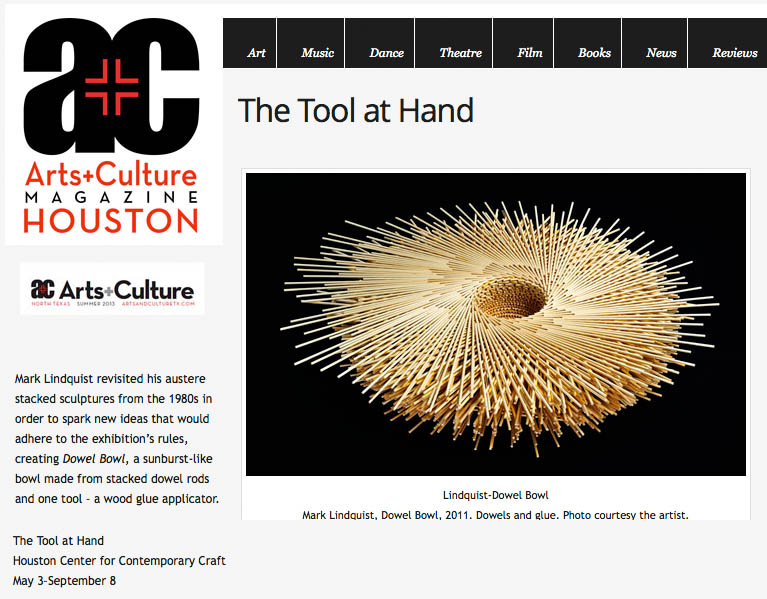
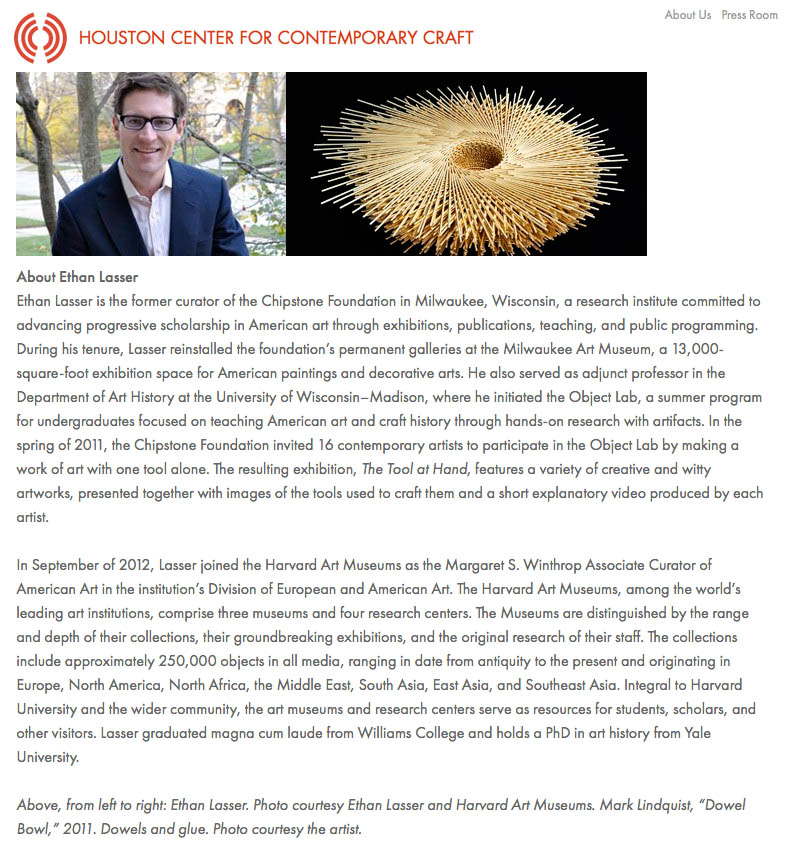
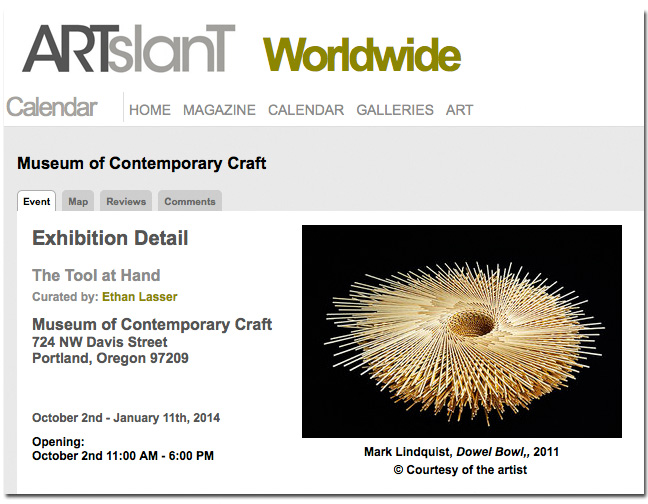
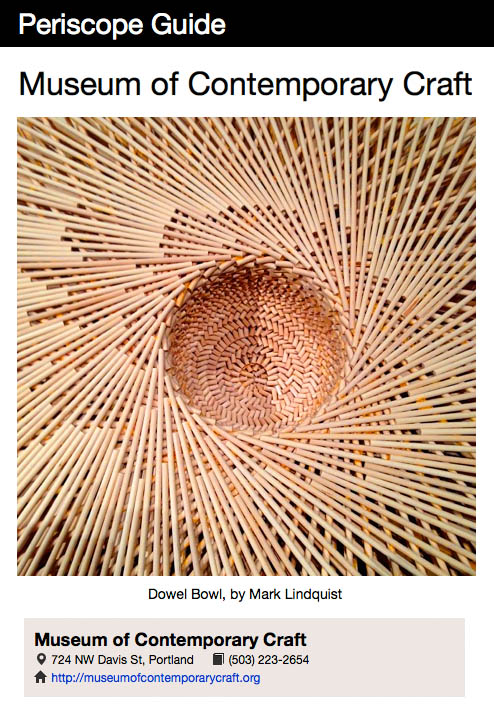
|
See
Dowel
Bowl
by Mark Lindquist at:
|
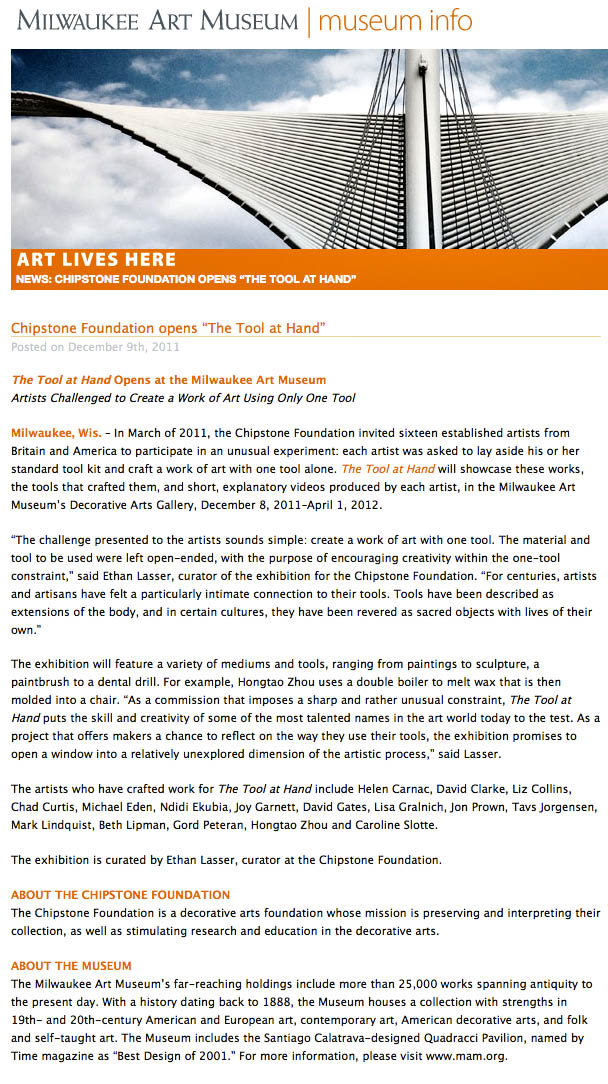 |
|